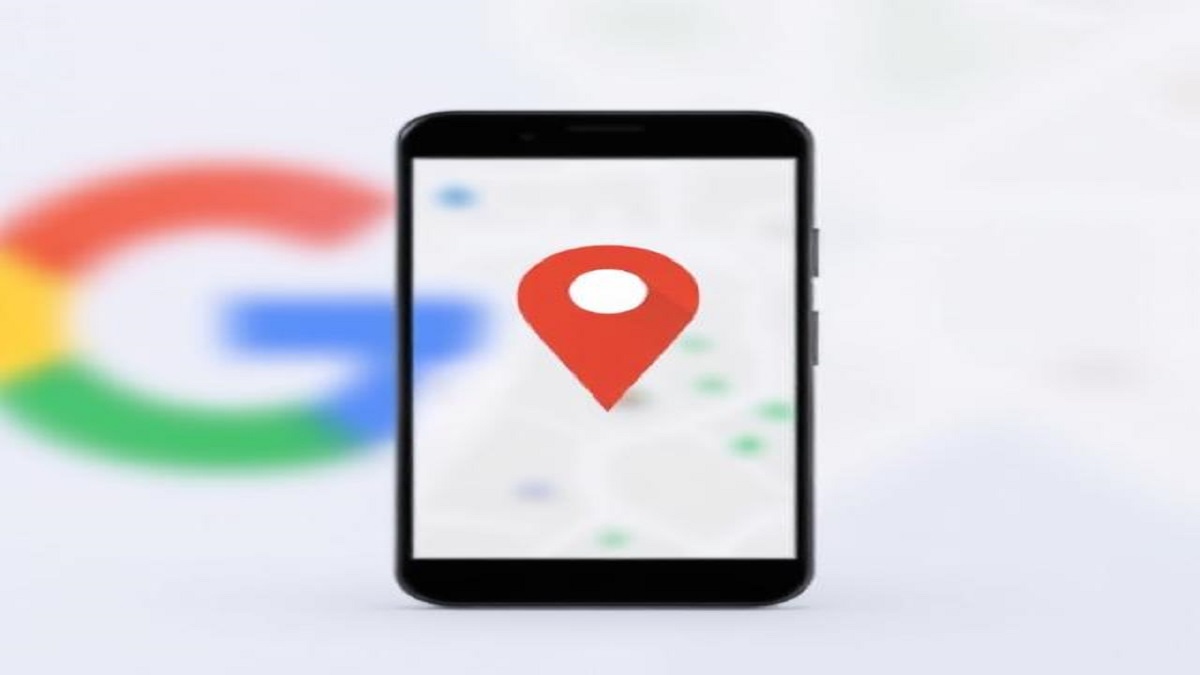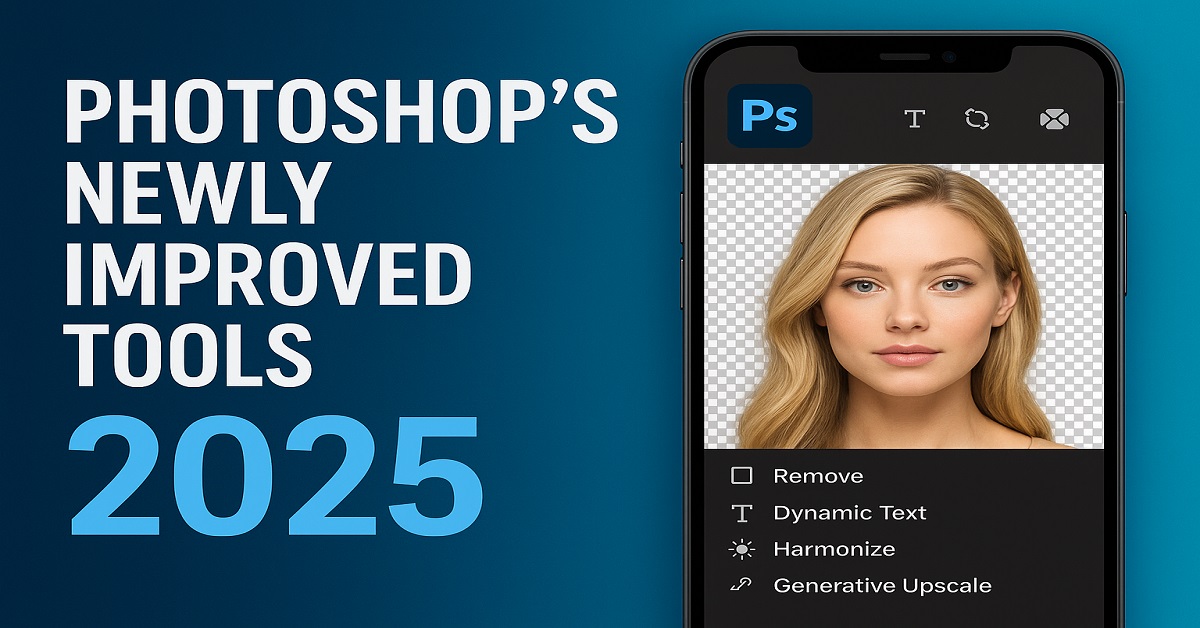Introduction: The Future of Video Calls Just Got a Holographic Upgrade
Imagine stepping into a virtual meeting room where your colleague’s 3D hologram sits across from you, gesturing naturally as if they’re physically present. Sounds like sci-fi? Google’s newly unveiled Project Beam is turning this into reality. Announced via a cryptic demo at Google I/O 2024 Beam aims to obliterate the flat, pixelated confines of Zoom calls with AI-driven volumetric video and spatial audio.
But how does it work, and is it just a gimmick? In this deep dive, we’ll explore:
- How Beam’s AI creates lifelike 3D avatars (no VR headsets required)
- Real-world applications—from remote healthcare to virtual classrooms
- Privacy concerns (because Black Mirror vibes are real)
- How it stacks up against Apple’s Vision Pro and Meta’s Horizon Workrooms
Let’s beam in!
1. Project Beam Explained: How Google’s AI Magic Works
A) Volumetric Capture: Beyond 2D Flatness
- Tech Breakdown: Beam uses 12 micro-cameras and lidar sensors to map users in 3D, then reconstructs them as holograms using neural radiance fields (NeRF).
- Latency? Just 20ms (faster than Zoom’s 150ms), thanks to Google’s TPU v5 chips.
Real-World Test:
A surgeon in Mumbai guided a trainee in London through a 3D holographic knee surgery demo. “I could see their hands rotate the scalpel in real-time,” said Dr. Anika Rao.
B) Spatial Audio: Voices That Move With You
- AI Trickery: Beam’s audio shifts dynamically as you walk around a hologram.
- Use Case: Architects collaborating on 3D building models can literally walk through designs together.
2. Beam vs. Competitors: Who Leads the 3D Communication Race?
| Feature | Google Beam | Apple Vision Pro | Meta Horizon |
|---|---|---|---|
| Hardware Needed | Smartphone/Webcam | $3,500 Headset | VR Headset |
| 3D Avatar Quality | Photorealistic | Cartoonish | Pixelated |
| AI Compute | On-Device + Cloud | On-Device | Cloud-Only |
| Price | Free (Beta) | $3,499+ | Free (with Ads) |
Expert Take:
“Beam’s edge is accessibility. You don’t need expensive gear—just your phone.”
— Tim Bajarin, Futurist
3. Privacy Nightmares? The Dark Side of 3D Holograms
A) Data Collection Concerns
- Beam’s lidar scans capture 1.2 million data points per second—your body shape, gestures, even room layout.
- Google’s Promise: “Data is end-to-end encrypted and processed locally.”
B) Deepfake Risks
- AI Avatars Can Be Cloned: A Stanford study showed Beam-like systems could replicate someone’s 3D persona with 94% accuracy using 5 minutes of footage.
Protection Tip:
Use biometric watermarking (coming in Beam Pro) to tag holograms as synthetic.
4. Real-World Applications: Beyond Boring Meetings
A) Healthcare: Remote Surgery & Mental Health
- Case Study: Mayo Clinic pilots Beam for PTSD therapy—veterans confront trauma triggers in safe 3D environments.
B) Education: Virtual Field Trips
- Students in Delhi “visited” the Louvre via Beam, examining artifacts in 3D. “It felt like touching history,” said 14-year-old Priya.
C) Retail: Virtual Try-Ons
- Nykaa’s Beam integration lets users “try” lipstick shades in 3D, reducing returns by 33% in trials.
5. The Road Ahead: Challenges & Predictions
A) Hardware Limitations
- Current Requirement: Beam needs phones with lidar (iPhone 12+/Pixel 6 Pro+).
- 2025 Goal: Standard smartphone cameras via AI upscaling.
B) Market Forecast
- 3D Communication Market: Projected to hit $18B by 2030 (Grand View Research).
- Google’s Play: Beam could be bundled with Google Workspace for $10/user/month.
6. Should You Try Beam? Beta Impressions
Pros:
- Free for personal use (for now)
- No learning curve (works in Chrome)
- Mind-blowing immersion
Cons:
- Battery Hog: Drained a Pixel 8 Pro in 45 minutes
- Glitchy Avatars: Hair and fast movements blur
Verdict: Wait for the Q1 2025 public release unless you’re a tech early adopter.
Conclusion: The End of Flat Screens?
Project Beam isn’t just a new app—it’s a paradigm shift in human interaction. While Apple and Meta chase metaverse fantasies, Google’s betting on a hybrid future where 3D calls feel as normal as texting.
Final Thought:
If Beam delivers, “See you on Zoom” might soon sound as outdated as “Let’s fax it.”







